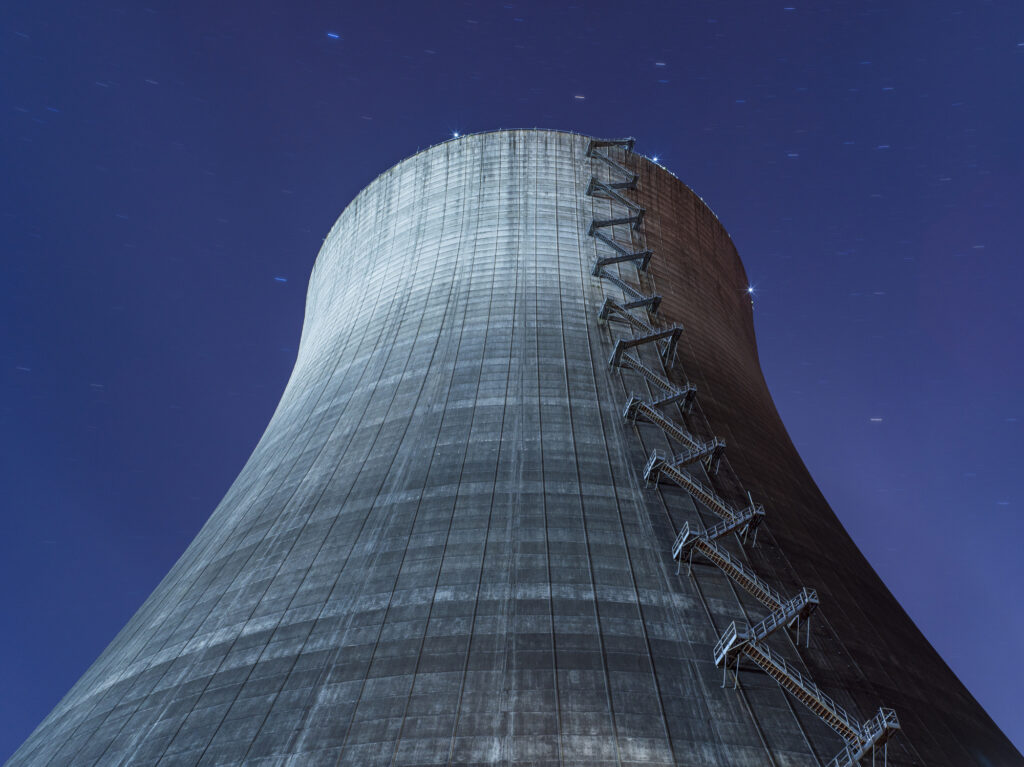Champagne wishes and caviar dreams are coming true thanks to a government policy called net metering, which allows wealthy environmentalists who have installed solar panels on their roofs to profit unfairly at the expense of economically-disadvantaged people who can’t afford the technology themselves.
Here’s how it works.
Solar panels and special electricity meters that run both forward and backward are installed at a residence and hooked up to the grid. The panels generate electricity that can be used in the household, and any extra electricity generated by the system is sent into the grid and is credited to the homeowner’s account by rolling back the numbers on the meter.
When the solar panels cannot produce enough electricity because of lack of sunshine at night or on cloudy days, these homes use electricity from the grid (typically generated from coal or natural gas), causing the meter to move forward.
At the end of the billing cycle, the homeowner is charged for the electricity purchased from the local power plant (the grid) minus the amount of electricity generated from solar “sold” to the grid, resulting in households paying for the “net” difference of electricity used, hence the name “net metering.”
Here’s where it becomes unfair: Many states require power companies to pay the full retail price for electricity generated from rooftop solar, instead of wholesale prices, even though it is generally less expensive for them to generate this power themselves. In Arizona, this means utilities are forced to pay nearly 300 percent more for electricity than if they were allowed to buy power on the open market.
This is a problem because the retail price of electricity is calculated to include the costs of upkeep for the entire grid, such as power lines, electric poles, transformers, traditional power plants (which people with solar panels still use on a daily basis), the salaries of people who work at utility companies, and taxes. When power companies are forced to buy solar electricity at full retail prices, owners of solar panels are not paying their fair share, because they don’t support the costs of the grid.
In fact, because net-metered customers are both buying and selling electricity, they rely on the grid more than customers without rooftop solar, but they are paying less into the system. As a result, utility companies must raise electricity prices for everyone else to make up this cost. Wealthier people are predominant among those who can afford solar panels, which means a shift in the cost burden from the well-to-do to those who can afford it least has now occurred.
Solar panels are undoubtedly a rich person’s game. The average home solar power system costs $20,000 to $30,000, a barrier for most middle and lower income households.
This barrier isn’t just speculation; it’s supported by the numbers. The California Public Utilities Commission conducted a study on the state’s net-metering policy and found 78 percent of solar-customers had higher incomes than the median California household. In fact, the average annual household income of solar customers was $91,210, much more than the $54,283 average for non-solar customers.
Another study shows just 4.1 percent of solar installations occur in ZIP code areas where households earn below $40,000 dollars median income. Imagine what the percentage of households with solar panels is for families with even lower yearly incomes, and then imagine how people in this situation must feel when they see their electricity bills rising and know there is nothing they can do about it.
In its current form, net metering encourages wealthy people to install solar panels on their roofs by forcing utilities to pay full-retail costs for the electricity generated from the panels. This increases the costs for everyone who doesn’t have solar panels, including those who already live in poverty.
The obvious way to remedy this is to change the compensation price for the electricity solar customers produce so that it reflect the costs of grid upkeep. Unfortunately for the poor, wealthy environmentalists tend to wield inordinate political power, and they don’t like it when you try to take away their subsidies, even if it hurts everyone else.





